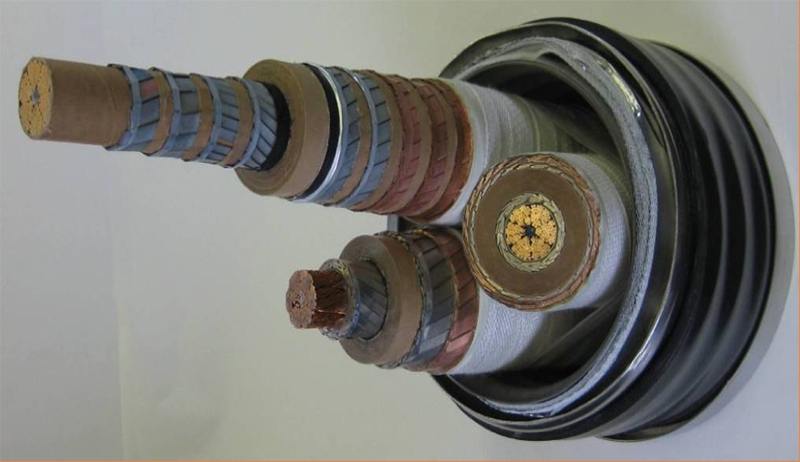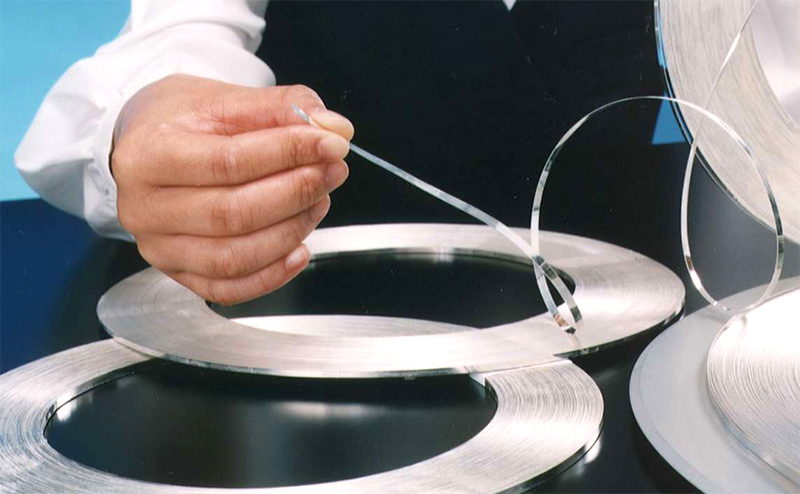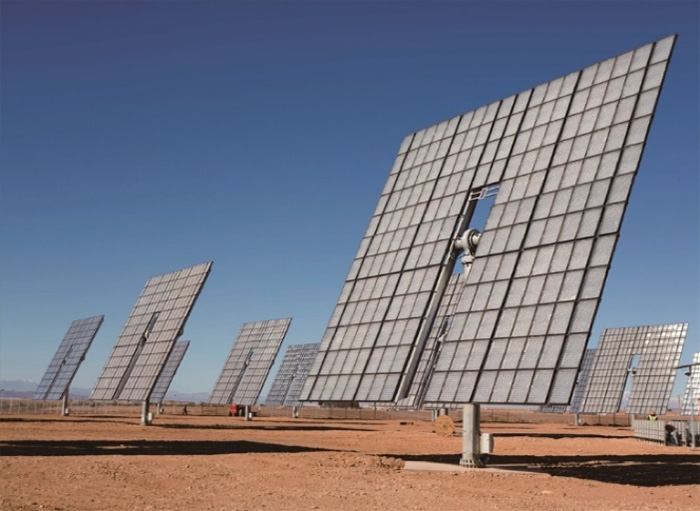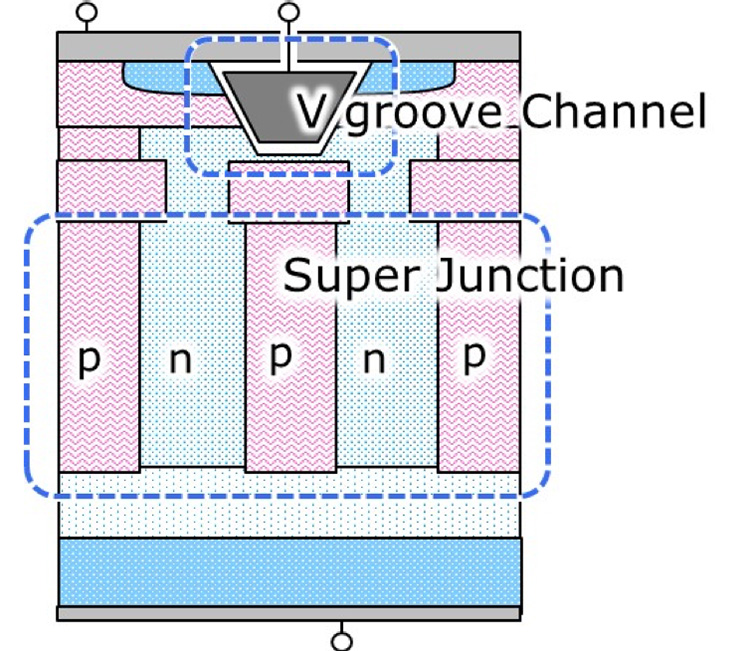Development and Dissemination of High-Temperature Superconducting Technology
Sumitomo Electric Industries, Ltd.
Outline
Since the discovery of high-temperature superconducting materials in 1986, we have been advancing the development of wires for bismuth-based superconductors and rare earth-based superconductors and their application products. The superconducting material has a characteristic that its electrical resistance becomes zero by cooling with, for example, liquid nitrogen, and thus the power loss at the time of energization can be made zero. In addition, since a large current can be supplied in a compact shape, the cable and the motor can be formed in a small and light shape, which is effective in improving the energy efficiency at the time of construction and operation.
Description
● Superconducting cable
When the superconducting cable is operated by cooling, since the electrical resistance of the superconductor is zero, the transmission loss can be very small. In addition, since the current density flowing through the superconductor is large and a large current can be flowed, the power transmission voltage can be reduced and the dielectric loss can be reduced. In addition, since the electric power can be transmitted in a compact shape, the construction work of the transmission line can be reduced and the existing underground site can be used, and the energy at the time of construction can be greatly reduced.
We have realized a stable supply of bismuth-based superconductors and have repeatedly conducted demonstration experiments on superconducting cables.
We would like to contribute to the introduction and dissemination of superconducting cable technology, which is low-loss and high-efficiency, to transmission lines by providing high-performance and high-quality superconducting wire materials in cooperation with superconducting cable projects in various countries.
● Superconducting motor
We have been developing superconducting motors for ships and automobiles. Since the resistance of the superconductor is zero, the power loss due to the motor current is reduced, and in addition, the motor itself becomes small and light in weight, whereby the hydraulic resistance becomes small for the marine vessel, which is effective for improving the propulsion efficiency. In the case of the automobile, it is effective for improving the fuel efficiency as well.
We would like to contribute to the introduction and dissemination of this system by supplying superconducting wire materials which are required for the development of smaller, higher-performance motors in cooperation with motor manufacturers and research institutes.
Other Innovation Challenges
Increase power generation efficiency using concentrator photovoltaic System (CPV)
Sumitomo Electric Industries, Ltd.
Similar Innovation Challenges
Accelarating the penetration of renewable energy resources with “Open Energy System”
Sony Group Corporation
Achieving net-zero carbon emissions from plant factories using full artificial lighting
Taikisha Ltd.
Advanced technology for buildings providing energy-saving and comfortable indoor environment (under Net Zero Energy condition)
Mitsubishi Electric Corporation
AI control reduces base station power consumption by up to 50%
KDDI CORPORATION










